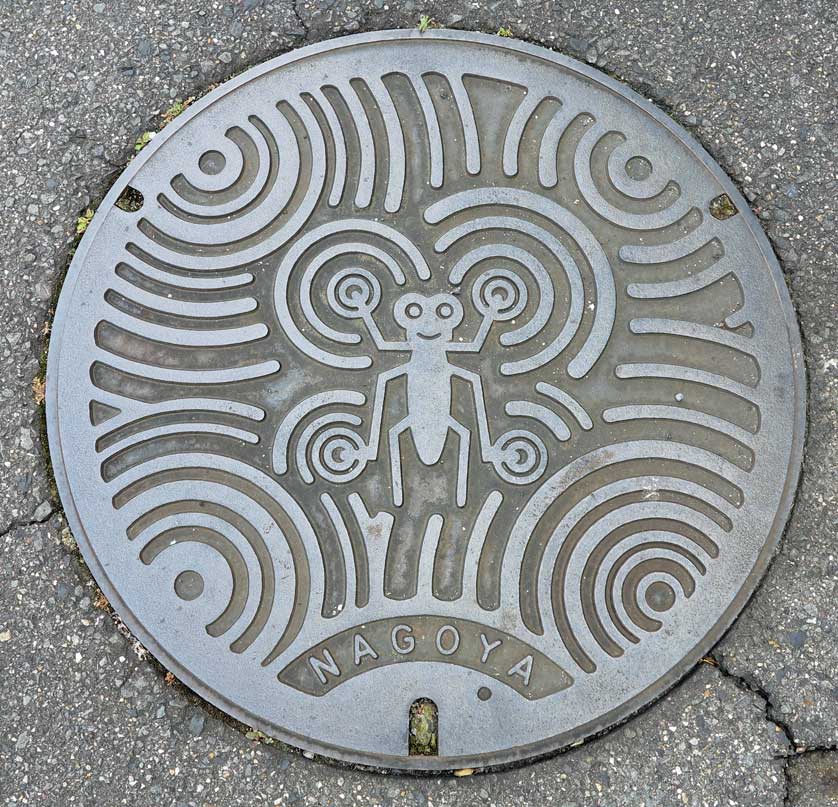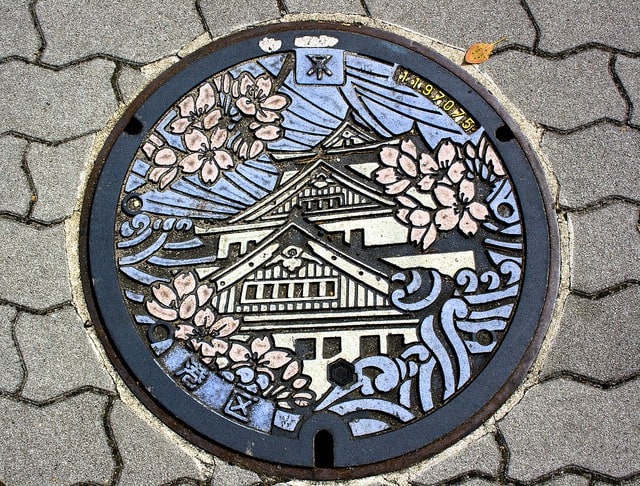Travel for travel’s sake can be wonderful but nothing beats traveling with a purpose.
Syrian German filmmaker Waref Abu Quba was so taken with Istanbul’s timeless beauty on his first visit in 2021 that he resolved to photograph as many examples of it as possible.
Having amassed some 2,900 photos, he set about animating them using a flash cut technique, rapidly toggling between similar images to bring life and movement to fixed architectural and decorative elements.
(Warning: the resulting content could trigger seizures in viewers with epilepsy or photosensitivity.)
Takrar – Arabic for ‘repetition’ — took two years to complete, condensing the sense of wonder Quba experienced on his travels into four astonishing minutes.
His collaboration with composer Alex Story and percussionist Robbe Kieckens brings added vitality to these ancient patterns on stone, wood, ceramic, and tile.
Among the forms Quba infuses with life are 140 unique columns from Hagia Sophia, each carved with the emperor’s monogram and their land of origin’s capital.
The domed ceilings of Istanbul’s magnificent mosques achieve a kaleidoscopic effect.
The three institutions that comprise the Istanbul Archaeological Museums proved a rich source of material, from Assyrian sculptures and mosaics from Mesopotamia, to ornaments decorating the 4th century BCE Alexander Sarcophagus, to the Hellenistic Sarcophagus of Crying Women, whose titular mourners now shimmy in a ritualistic dance.
Even doorknobs manage to captivate, while a cobalt blue Iznik charger plate from the Museum Of Turkish and Islamic Arts possesses true star quality.
Watch more of Waref Abu Quba’s films here.
Related Content
An Introduction to Hagia Sophia: After 85 Years as a Museum, It’s Set to Become a Mosque Again
Hear the Sound of the Hagia Sophia Recreated in Authentic Byzantine Chant
– Ayun Halliday is the Chief Primatologist of the East Village Inky zine and author, most recently, of Creative, Not Famous: The Small Potato Manifesto and Creative, Not Famous Activity Book. Follow her @AyunHalliday.











